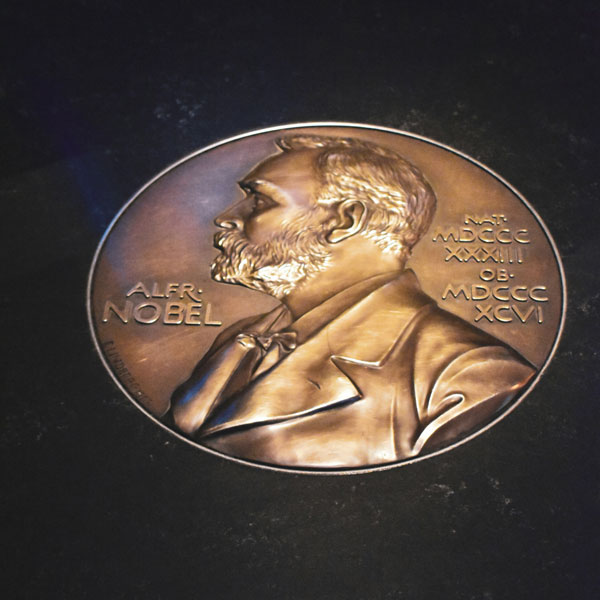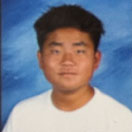2025 Nobel Prize in physics awarded for groundbreaking quantum discoveries

[This picture shows the symbol of The Nobel Peace Prize. Photo Credit to Unsplash]
The 2025 Nobel Prize in Physics has been awarded to John Clarke, Michel H. Devoret, and John M. Martinis for their pioneering work in demonstrating that quantum effects can occur in systems large enough to be seen and handled by humans.
Their groundbreaking work transformed the once-abstract field of quantum mechanics into a foundation for real-world technologies from superconducting circuits to quantum computing.
The trio received the prestigious award for a series of experiments conducted in 1984 and 1985 at the University of California, Berkeley.
In these experiments, they successfully demonstrated macroscopic quantum tunneling and energy quantization in a superconducting electrical circuit—a system large enough to be held in the hand.
Quantum tunneling refers to the phenomenon where a particle passes through a barrier it should not, by classical physics, have enough energy to cross.
Until their experiments, such behavior had been observed only in atomic or subatomic systems.
Energy quantization, on the other hand, describes the principle that energy is absorbed or emitted only in discrete amounts, or “quanta.”
Traditionally, quantum effects are typically confined to the microscopic world of electrons and atoms, where particles can behave like waves, vanish through barriers, and reappear elsewhere.
In contrast, objects made of billions of atoms, such as a tennis ball, behave according to classical physics and never show such behavior.
Clarke, Devoret, and Martinis challenged that divide.
They demonstrated that when matter is organized into a precisely engineered superconducting circuit, even a system containing billions of electrons can behave as a single quantum entity.
Their setup used two superconductors separated by a thin insulating layer, forming a Josephson junction, named after physicist Brian Josephson.
This junction allowed the flow of quantum-coherent election pairs known as Cooper pairs.
By applying a weak current to the Josephson junction and measuring the resulting voltage, the researchers observed the circuit switch from a zero-voltage state to a nonzero voltage state.
They further proved that the circuit absorbed and emitted energy only in distinct steps, providing direct evidence of quantized energy levels in a macroscopic object.
These results extended the reach of quantum mechanics outside the microscopic world and opened a new era for experimental physics.
Olle Eriksson, chairman of the Nobel Committee for Physics, stated, “There is no advanced technology today that does not rely on quantum mechanics.”
Devices such as smartphones, cameras, and fiber-optic networks already depend on these principles.
The laureates’ discoveries also underpin today’s global race toward quantum computing, in which information is processed using qubits that can exist in multiple states simultaneously.
Following their groundbreaking research, John Martinis went on to lead quantum computing experiments at Google, achieving what was described as quantum supremacy, showing that a quantum computer could solve a complex problem faster than the world’s most powerful classical supercomputer.
Michel Devoret continues to work on quantum computing at Google, while John Clarke has contributed to the study of superconducting quantum devices for fundamental physics research, including the Axion Dark Matter Experiment.
All three laureates have academic roots in prestigious institutions.
Clarke, born in Cambridge, UK, received his Ph.D. from the University of Cambridge and has been a professor at UC Berkeley since 1969.
Devoret, born in Paris, earned his doctorate at Paris-Sud University and later taught at Yale University and UC Santa Barbara.
Martinis, also trained at UC Berkeley, has worked in academia and industry, focusing on practical implementations of quantum circuits.
Together, their work has shown that the strange laws of the quantum realm can be brought into the laboratory, and, perhaps one day, into everyday life.

- Joseph Shin / Grade 12 Session 11
- Valley Christian High School

![THE HERALD STUDENT REPORTERS [US]](/assets/images/logo_student_us.png)
![THE HERALD STUDENT REPORTERS [Canada]](/assets/images/logo_student_ca.png)
